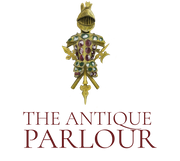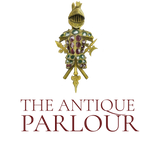What determines a diamond is an Old European Cut?
The Old European Cut is a specific diamond cut that was popular during the late 19th and early 20th centuries, particularly during the Victorian, Edwardian, and Art Nouveau eras. Several characteristics distinguish an Old European Cut diamond:
-
Facet Pattern:
- The Old European Cut is characterized by a round shape, similar to the modern round brilliant cut, but with a different arrangement of facets.
- It typically has a smaller table (the flat top facet) and larger, chunkier facets compared to modern brilliant cuts.
-
Facet Count:
- Old European Cut diamonds generally have fewer facets than modern round brilliant cuts. They typically have 58 or 57 facets, including a large, open culet (the facet at the bottom point of the diamond).
-
Culet:
- The culet, or the small facet at the bottom of the diamond, is often larger and more visible in Old European Cuts compared to modern cuts. In some cases, it may even be flat.
-
Girdle:
- The girdle of an Old European Cut diamond is often thicker compared to modern cuts.
-
Symmetry:
- Old European Cut diamonds may exhibit less precision in symmetry when compared to modern cuts. The emphasis during the era when these cuts were popular was on maximizing carat weight rather than achieving ideal proportions.
-
Light Performance:
- Old European Cuts tend to have a different light performance compared to modern brilliant cuts. They may display broader, larger flashes of light known as "chunky" or "pillowy" flashes, which contribute to their distinctive appearance.
-
Antique Characteristics:
- Old European Cuts are found in antique jewelry from the late 1800s to the early 1900s. If a diamond is part of a piece that can be dated to this period, it might be an Old European Cut.
It's important to note that while the Old European Cut has a unique charm and is sought after by those interested in vintage or antique jewelry, it may not exhibit the same level of brilliance as modern cuts. The choice between an Old European Cut and a modern brilliant cut often comes down to personal preference and the aesthetic qualities that appeal to the individual. If you're considering an Old European Cut, it's advisable to work with a reputable jeweler with expertise in antique diamonds to ensure authenticity and quality.


Leave a comment